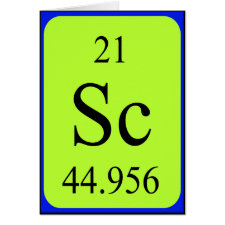
Authors: Zhang MX, Gu LL, Kong GH, Zheng YL, Han Y, Li ZJ, Shi JL, Peng J
Article Title: Comparative analysis of atrazine molecularly imprinted polymers using acetonitrile and toluene as solvents.
Publication date: 2019
Journal: Journal of Applied Polymer Science
Volume: 136
Issue: (11)
Article Number: 47190.
DOI: 10.1002/app.47190
Abstract: Acetonitrile and toluene are solvents commonly used for the synthesis of atrazine molecularly imprinted polymers (MIPs), but their effects have seldom been compared in the same imprinting system. In this paper, effects of the two solvents in an atrazine molecular imprinting system were evaluated theoretically and experimentally. A polarizable continuum model was adopted, and it was found that using the two solvents, the energy difference for the atrazine-methacrylic acid complex between vacuum and solution was not the same. The two types of MIPs prepared using different solvents vary in morphology, porosity, binding capacity, and specificity. All of these results suggest that the abilities of the solvents used to form hydrogen bonds with other compounds in the system are different. The porogen imprinting effect of the solvents also has an influence on binding capacity. Compared to MIPs synthesized using acetonitrile as solvent (MIPs-ACN), MIPs synthesized using toluene as solvent (MIPs-PhMe) have fewer but larger pores and exhibit much higher adsorption capability but less rigorous specificity. © 2018 Wiley Periodicals, Inc. J. Appl. Polym. Sci. 2019, 136, 47190
Template and target information: atrazine
Author keywords: adsorption, molecular recognition, theory and modeling



Join the Society for Molecular Imprinting

New items RSS feed
Sign-up for e-mail updates:
Choose between receiving an occasional newsletter or more frequent e-mail alerts.
Click here to go to the sign-up page.
Is your name elemental or peptidic? Enter your name and find out by clicking either of the buttons below!
Other products you may like:
 MIPdatabase
MIPdatabase









